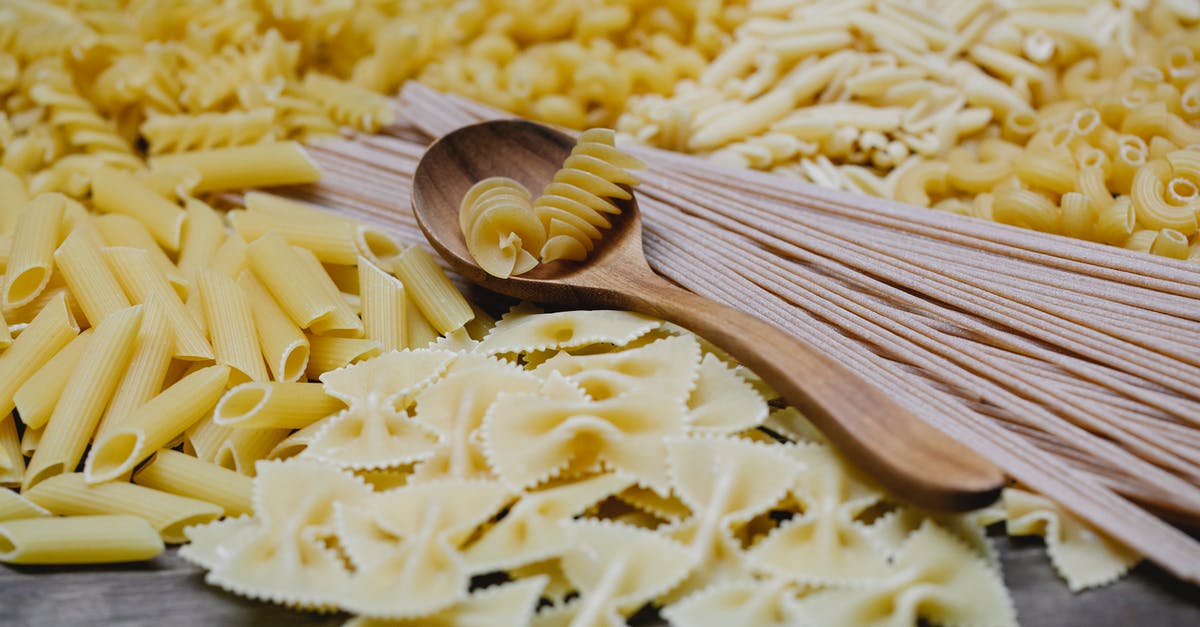What are the tradeoffs between spiral and C-shaped dough hooks?

I have misplaced the dough hook attachment for my KitchenAid stand mixer, and I'm debating what type of dough hook attachment to purchase to replace it, and specifically if there are performance tradeoffs between the two common types. I usually knead by hand but I lean on the mixer for higher-hydration dough or just when I'm feeling lazy.
I'm aware of two dough-hook types for home mixers:
- "C"-shape hook (seems most common; also called as "J" shape) -- example from Amazon;
- spiral-shaped "hook" (also called as "pigtail") -- example from Amazon.
Is there an objective advantage of one style over the other? I assume there is some difference in performance.
My experience: The latter (spiral-shaped) dough attachment is what originally came with my "professional" (in name only) KitchenAid model. I find that it really only seems to perform well for medium-hydration dough (lower and higher don't work as well), and for a medium amount of dough (too much or too little doesn't seem to work as well). Perhaps I'm just having too-high hopes for this attachment in the first place, or I'm missing something else.
Some examples that would be most helpful to me: Does the spiral version simply work better in all cases if it's compatible with the machine and bowl? Is there any benefit to the C shape? Are there reasons to have both types? Does one work better with lower/higher hydration or more/less dough?
Other research: I haven't found anything satisfying...
I see just a couple questions on SA about dough hooks, but they're really about how to prevent dough walking up and wrapping, like this one and this one. Sounds like the C-shape tends to hold onto the dough too much (dough wraps and climbs) and that the two styles put different wear on the mixers.
A bunch of other sites have some comment about this, but I only found a few that have helpful tidbits:
- A thread on KAF forums suggests spiral develops gluten better and may be easier on the machine;
- A thread on Chow has roughly the same conclusions;
- A thread on The Fresh Loaf suggests that the spiral hook might not work in all bowl shapes, and might put upward strain on the mixer gears both of which could be bad.
Best Answer
The C, J or spade hook is a dismal excuse, having an older "professional" (as you say, in name only) 5-quart Kitchen-Aid mixer that came with one. Per comment above one evidently cannot just swap to the spiral hook on that era of mixer due to the bearings being different. The C hook works against the sides of the bowl, while the spiral works against the bottom, so it pushes up on the shaft.
Of course, I'm comparing against the way that a 30 quart real commercial unit works, with its spiral hook. I wanted a mixer for my kitchen that worked just the same, but smaller, and it's not...
So while you may find the faux-commercial spiral disappointing, you may not have plumbed the depths of the well of disappointment; unless you really want to go there, stick with the spiral, bad as it may be, it's probably better than the C.
Pictures about "What are the tradeoffs between spiral and C-shaped dough hooks?"



Quick Answer about "What are the tradeoffs between spiral and C-shaped dough hooks?"
A thread on KAF forums suggests spiral develops gluten better and may be easier on the machine; A thread on Chow has roughly the same conclusions; A thread on The Fresh Loaf suggests that the spiral hook might not work in all bowl shapes, and might put upward strain on the mixer gears both of which could be bad.Is spiral dough hook better than C hook?
The results are very different, the texture is softer and much better, the flavor is the same. I bought it at amazon.com for about $6.00 good enough to play. The impression I got from your answer is that the spiral hook's only advantage is time -- i.e., the dough tastes and feels the same, but you can make it faster.Whats the difference between dough hooks?
The dough hook is the best tool for kneading doughs, like breads, pizza dough, and pasta dough. The dough hook takes the place of hand kneading, but it does it much faster. Speed 2 gives the best results for kneading, and the mixer can knead most yeast doughs within 5 minutes.Are there different types of dough hooks?
Currently, KitchenAid offers two different styles of dough hooks: the C-shaped and the PowerKnead (spiral) hook.What is a spiral hook used for?
Spiral mixers are best suited for mixing bread, because they keep the dough at a lower temperature given how the mixer bowl rotates as the spiral hook spins to knead the dough. This ensures the dough does not overheat or ferment too quickly, which affects how the yeast activates.Review of Replacement C Dough Hook Fits for KitchenAid 4.5-5 qt Bowl Tilt Head Stand Mixers
More answers regarding what are the tradeoffs between spiral and C-shaped dough hooks?
Answer 2
For dough the spiral hook definitely works better. I have a 6 quart Professional 5 Plus with the spiral hook and it will do one (.45Kg) loaf or two perfectly.
My 5 quart Artisan came with the C hook and barely mixes at all on a single loaf. When doubled up the dough crawls up the C hook even more than the single loaf, beating against the sides if you try higher than 2 speed and the mixer gets hot fast.
I'm trying to find a spiral hook for the Artisan but they are all out of stock (and we know why). Google for videos on Youtube to see clearly which hook works best.
Sources: Stack Exchange - This article follows the attribution requirements of Stack Exchange and is licensed under CC BY-SA 3.0.
Images: Klaus Nielsen, Frank Cone, Mohamed Khaled, Somben Chea
